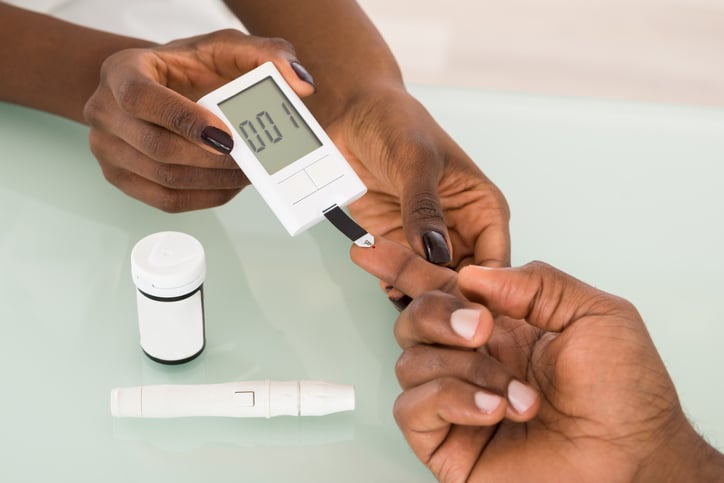 November is Diabetes Awareness Month. This is the perfect time to discuss diabetes health disparities. Racial and ethnic minorities have higher prevalence rates, worse diabetes control, and a higher rate of complications, according to an article from the U.S. National Institutes of Health's National Library of Medicine.
November is Diabetes Awareness Month. This is the perfect time to discuss diabetes health disparities. Racial and ethnic minorities have higher prevalence rates, worse diabetes control, and a higher rate of complications, according to an article from the U.S. National Institutes of Health's National Library of Medicine.
According to the American Diabetes Association (ADA), compared to white adults, the risk of having a diabetes diagnosis is
· 77% higher among African Americans
· 66% higher among Latinos/Hispanics
· 18% higher among Asian Americans
The article from the ADA also notes, even though there is a high rate of this condition, minorities receive lower care quality and experience more barriers to self-management than white patients. They are less likely to receive advised services such as annual hemoglobin A1c (HbA1c) testing, annual LDL cholesterol (LDL-C) testing, and an annual retinal examination.
Minorities are more likely than white people to live in areas of low socioeconomic status. These neighborhoods lack shared ideas about health promotion, access to healthcare services, healthy foods, and safe places to exercise. These are all needed to improve an individual’s management of their diabetes.
The Office of Minority Health (OMH) at the Food and Drug Administration (FDA) said they are teaming up with the American Diabetes Association and other groups to help people prevent and treat diabetes, and to specifically address the disparities in minority groups.
An article from the Food and Drug Administration said, "OMH's outreach work includes raising awareness of the need for more research in diabetes therapies that address racial and ethnic differences. OMH is also working to make sure minorities are included as subjects in clinical trials of medical products for the treatment of diabetes and other diseases."
The Centers for Disease Control and Prevention (CDC) started the National Diabetes Prevention Program (National DPP) which is a partnership of public and private organizations who work together to provide an affordable, evidence-based lifestyle change program to help people with prediabetes prevent or delay type 2 diabetes.
However, according to the CDC some racial and ethnic minority groups were enrolling in the program at lower rates than other groups. To help increase access, the CDC recently funded 10 national organizations to start new in-person programs in underserved areas (regions with fewer resources to address health disparities). In addition to in-person delivery, the program can also be accessed online, by distance learning, or through a combination of these formats.


